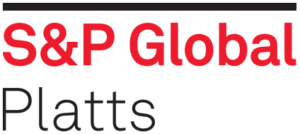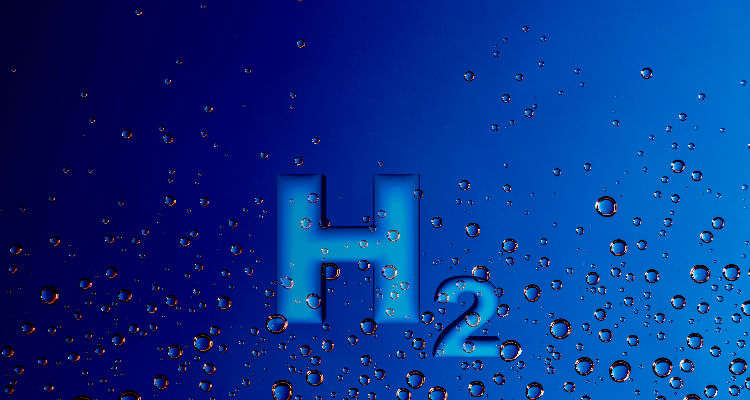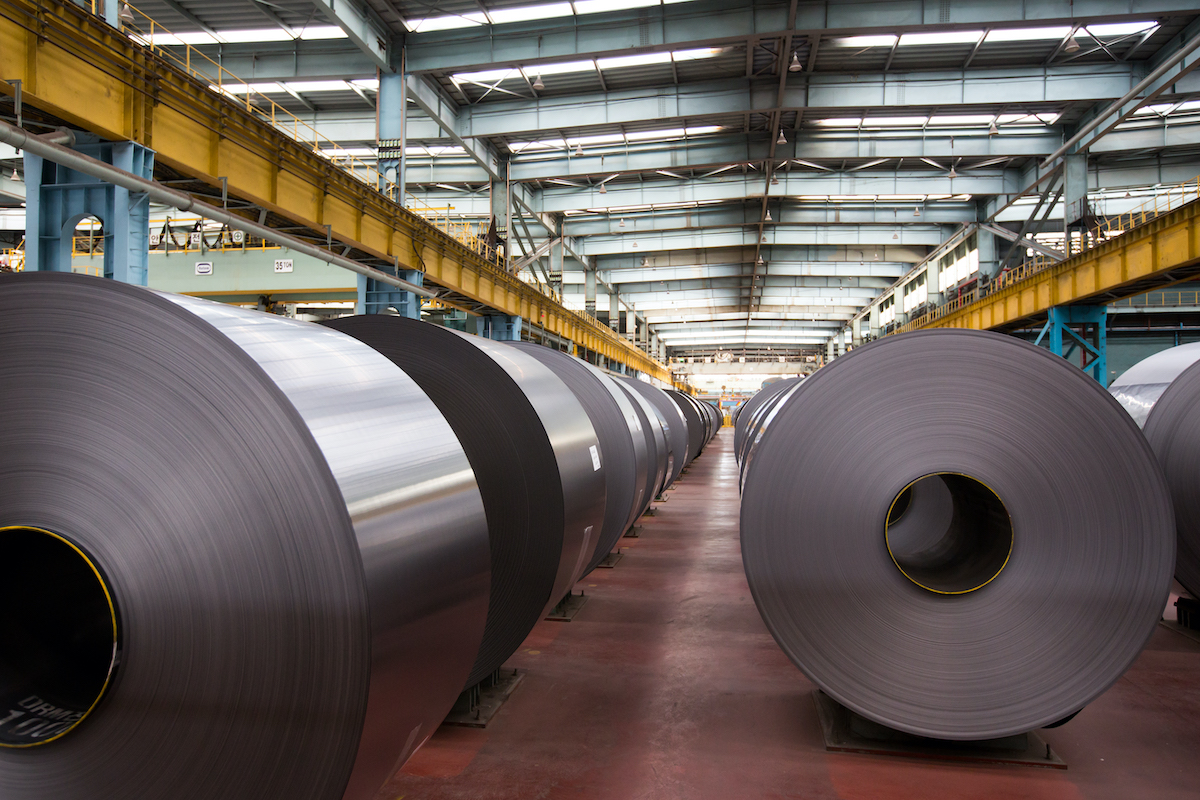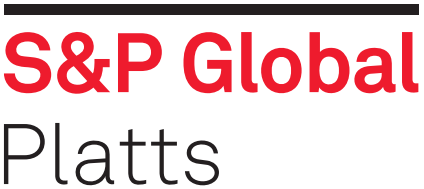
German steel market sees prices remaining strong, production weaker
German steel traders and producers expected prices to remain strong during February, though the expectation was less firm month on month as mills tried to aim for higher prices but buyers held back, according to an S&P Global Commodity Insights survey.
The February index for traders’ sentiment stood at 60 points, compared to 68.75 points in January, data from S&P Global’s German Steel Sentiment Survey showed.
The index for producers’ sentiment was 62.50 points, compared with a January index of 87.50 points, showing that producers were significantly less firm compared to traders regarding near term price increases.
The overall index for prices was at 61.25 points, compared with 78.13 points for January.
Overall, steelmakers in Europe were aiming for higher prices for steel products.
One European long steelmaker expected prices in Germany for long steel products to remain stable or firm up. “We could cut down capacities rather than lowering prices,” the source said, adding there did not seem to be any fundamental reason for prices to go down.
“Medium sections prices are the lowest level in the last three years,” the source said. “Energy prices are still high. Not at [Russia-Ukraine] war levels but still high. Scrap seems to be still strong, but market is not ready to accept current high prices which is not workable for mills.”
One long steel distributor in the Benelux region expected prices to remain stable during February. “Demand is overall too weak, for prices to be able to increase.”
Platts assessed European medium sections price (category 1, S235 JR) unchanged week on week on Feb. 7 at Eur780/mt ($840/mt) delivered, according to S&P Global Commodity Insights data. Platts assessed Northwest Europe Rebar down Eur2.50/mt week on week at Eur632.50/mt ex-works.
On the flat steel side, sources reported strong prices, though trading activity in the European hot-rolled coil market remained muted. Platts assessed domestic prices for hot-rolled coil in Northwest Europe unchanged day on day at Eur745/mt ex-works Ruhr on Feb. 8.
The overall index for German inventory sentiment reflected that the market unanimously expected stock levels to remain stable during February. The index for the month stood at 50 points compared with 46.88 points in January.
The index for steel producers for February was at 50 points, compared with 37.50 points in January. The index for traders’ sentiment stood at 50 points, compared with 56.25 points for the previous month.
One European long steelmaker said while inventory levels were low, “everyone is waiting for prices to cut down”, so he expected inventory levels to remain stable at current levels.
The long steel distributor also expected inventory levels to remain stable at low levels “due to weak demand and near-term uncertainty regarding price direction.”
“The market is very quiet, buyers do not need material as they have enough coil in stocks,” a German service-center source said. “And prices are rather high now, distributors often struggle to transfer the rising prices to their clients.”
Production to fall
Market sources expected production levels to either be cut or maintain low capacities due to weak demand.
Some long steel producers had already cut production, sources said. The Benelux-based long steel distributor source also expected that mills might cut production levels during the month due to weak demand.
The index for production outlook was around at 38.75 points, compared with 46.88 points for January. The index for traders’ sentiment was 40 points, down from 43.75 points. The index for producers’ sentiment was at 37.50 points, down from 50 points as producers were more bullish regarding production activity than traders.

German states form ‘Stahlallianz’, demand safeguard extension
Representatives of the 11 German states home to steel mills met on Monday with federal economy minister Robert Habeck in Berlin to found a new national steel initiative.
The so-called ”Stahlallianz” intends to combine the common interests of the states, most of them represented by their minister presidents, in order to form one voice to the federal government. They are essentially asking the government for strong support for the domestic steel industry, in view of future investment prospects.
In its statement, the alliance highlights European safeguard measures against imports as a key theme. It asks the German government to advocate at EU level for an extension until mid-2026, “to prevent a diversion of trade routes that distorts competition”.
At the national level, the partner states address high costs for power and the resulting disadvantages in international competition. They approve the Berlin government’s decision to lower the electricity tax for manufacturing industries, but caution this is not sufficient. They maintain their demand, for example, for a stabilisation of grid fees and a period of bridge financing of electricity for power-intensive industries (see Kallanish passim).
Another main theme is the technical transition following last year’s court decision that blocked €60 billion ($66 billion) in reserve funds from the Covid period from being used to de-carbonise industrial processes. In that context, the alliance highlights the importance of medium-sized companies along the production chain, which must not be overlooked for public support. That point was earnestly addressed earlier by WSM, the federation of steel-using industries.
The alliance consists of Baden-Württemberg, Bavaria, Brandenburg, Bremen, Hamburg, Lower Saxony, North Rhine Westphalia, Saarland, Saxony, Sachsen-Anhalt and Thuringia.
Christian Koehl Germany


German steel product sales and stocks dip amid manufacturing slowdown
Steel product sales in the German distribution and stockholding system totaled 776,079 mt in July, down 0.7% from a year earlier, German steel stockholders’ association BDS reported Aug. 22
The July total was down 6.5% from the 829,612 mt sold in June, as the slowdown in German industrial production and weak demand weighed on the market.
Germany’s industrial output fell for a second consecutive month in June, with a drop of 1.5% on a monthly basis, worsening from the previous month’s dip of 0.1%.
Within the overall sales figures, monthly sales of long products totaled 244,917 mt, down 6.4% year on year and little changed from the prior month. Monthly sales of flat products were reported at 476,850 mt, up 3.9% on the year but down 9.1% on the month.
Weaker demand from stockists was also evident in the monthly steel inventories which fell 11.8% on the year to 2 million mt. Stocks of long products were reported at 684,005 mt, down 14.3% on the year and 2.1% lower on the month, while those of flat products were reported at 1.29 million mt, down 10.7% on the year but up 5.9% on the month.
Platts, part of S&P Global Commodity Insights, assessed domestic hot-rolled coil prices in Northern Europe at Eur635/mt ex-works Ruhr Aug. 21, down 35% since March 30.
Author: Euan Sadden


Germany’s Saarland steel sector to use 200,000 mt/year green hydrogen
Green steel production in Germany’s Saarland state could require up to 200,000 mt/year of renewable hydrogen, the head of Saarland’s hydrogen agency Bettina Hübschen told S&P Global Commodity Insights in a recent interview.
The steel industry in Saarland could account for 150,000-200,000 mt/year of hydrogen, while a further 100,000 mt/year of demand could come from other industry, Hübschen said.
“A lot of companies are now considering switching their production from gas-based heating or from gas-based other processes to either electrification or hydrogen,” Hübschen said. Depending on technological constraints, the switch to hydrogen “is a much smaller investment, because they just need to exchange the burner technology and not the whole furnace.”
Saarland offers a case study of how the steel sector is moving to decarbonize operations, integrating with renewables, gas networks and other potential hydrogen users.
The state is home to Saarstahl and Dillinger steel plants, both owned by holding company Stahl-Holding-Saar (SHS).
SHS is Germany’s fourth-largest steel producer by volume, with annual output of 5 million mt, according to a company presentation.
SHS is planning a 2.5 million mt/year direct-reduced iron plant at Dillinger, which would use large volumes of hydrogen, Hübschen said.
SHS’s production is based on traditional blast furnace technology, although the company has said that by 2030 it wants to produce 3.5 million mt — around 70% of its total output — with lower emissions.
The Saarland Hydrogen Agency was established in May as a state subsidiary, and Hübschen is building a team to develop and implement the state’s hydrogen strategy, starting with a local demand analysis.
The focus is to develop hydrogen projects along the value chain, with infrastructure to connect supply and demand nationally and across borders, and steel plants will be the major offtaker for renewable hydrogen in the region, Hübschen said.
“They have their targets they need to fulfill, and they need to be climate neutral by 2045, and they need to have a certain reduction by 2030 already,” she said. “They can only do it by either cutting production or by switching to hydrogen.”
Coal history
The region in the southwest of Germany, bordering France, is home to a number of coal-fired power plants, and shares existing gas pipeline infrastructure across the border.
Hübschen said the former coal plants made good sites to develop for clean hydrogen production, with high-capacity power grid connections, designation as industrial sites and access to water.
Several gas transmission operators are working on a planned 100-km hydrogen pipeline network, comprising around 70 km of repurposed gas pipes and 30 km of new hydrogen pipelines, to connect the Saar region with France’s Grand Est and Luxembourg.
The MosaHYc (Moselle Saar Hydrogen Conversion) pipeline will transport up to 20,000 cu m/hour (60 MW) of pure hydrogen, connecting regional clean hydrogen production with industrial offtakers in the area, converting pipelines to link the German towns of Perl and Voelklingen with Carling and Bouzonville in France.
Several hydrogen projects in Saarland have applied for state aid under the EU’s Important Projects of Common European Interest scheme, including SHS’s H2SYNgas project, STEAG’s HydroHub Fenne electrolyzers and the TraficHdeux transport infrastructure project.
Hydrogen supplies
Meanwhile, French green hydrogen production company Lhyfe is to develop a 70-MW renewable hydrogen plant in Perl, producing up to 30 mt/d to be delivered into MosaHYc.
However, Hübschen acknowledged that the region would have to import substantial volumes of hydrogen to decarbonize industry while electrolytic hydrogen production ramped up in the coming years.
Local hydrogen supplies from 10-50-MW electrolyzers backed by solar and onshore wind power would play a “niche” but important role, as it would take time to build large-scale supply infrastructure, she added.
Hydrogen supplies are expected to come online around 2027-30, with the price paid highly dependent on the structure of contracts to be negotiated, she added.
Steel decarbonization
Hydrogen is used to convert iron oxide into metallic iron, replacing natural gas in the DRI process. Blast furnaces, by contrast, use mainly met coke and other coal-based fuels to convert iron ore. Metallic iron products are then processed into steel.
SHS plans to decarbonize progressively by 2045, commissioning its Dillingen DRI plant by 2030 and using two electric arc furnaces in Voelklingen and Dillingen with around 3.5 million mt/year crude steel capacity, and closing one blast furnace, with CO2 emissions reductions of around 55%. Hydrogen demand in this phase could be 55,000 mt/year.
The company plans to commission a third EAF by 2045 at the latest, with capacity of around 1.2 million mt/year of crude steel.
Hübschen said the upfront investment costs for steel plants to switch to DRI and EAF processes were high, in the region of Eur1 billion ($1.1 billion) for a DRI plant, plus there was a large cost arising from hydrogen purchases.
“They need to invest billions of euros to be hydrogen ready and then to pay a high price for the hydrogen,” she said.
Platts, part of S&P Global Commodity Insights, assessed the cost of producing renewable hydrogen via alkaline electrolysis in Europe at Eur5.91/kg ($6.46/kg) Aug. 14 (Netherlands, including capex), based on month-ahead power prices. Proton exchange membrane electrolysis production was assessed at Eur6.96/kg, while blue hydrogen production by steam methane reforming (including carbon, CCS and capex) was Eur2.95/kg.
Hübschen noted blue hydrogen could be an option for Germany, and while French nuclear-powered hydrogen production would not be acceptable to German steel producers, nuclear electricity generation could power German EAFs.
Platts assessed Northwest European hot-rolled coil carbon-accounted steel at Eur735/mt ($803/mt) ex-works Ruhr, down from a peak of Eur885/mt at the start of July. The Platts European carbon-accounted assessment is for HRC with a maximum of 2.1 mt of carbon emissions through steel production and from the supply and processing of feedstocks, covering Scopes 1, 2 and 3.
Author James Burgess


German coil market sees some bottlenecks
Coil buyers in Germany say they have experienced some shortages in recent months. These were nevertheless confined to local suppliers serving high-standard applications and may not have been widely heard in the overall sluggish commodity market.
One player is SSC Becker, Germany’s largest service centre, which has been suffering from hurdles launching the new ERP (enterprise resource system) it introduced in spring. “This has influenced our deliveries, which we regret very much. We kept informing our customers in the interest of a trust-based relationship,” the company tells Kallanish.
Meanwhile, a task force of IT, sales and logistics has worked intensely to overcome those issues. Deliveries are now nearing the volumes they saw prior to the ERP launch, Becker says. However, it also mentions shortages it is experiencing as a buyer, due to insufficient delivery performance by its suppliers.
According to another observer, this points to one mill that declared force majeure in June after heavy rains, but was apparently already struggling with meeting targets before that. “They [the mill] thought they could produce at full capacity, which did not work, so they had to turn down orders in order to return to normality,” he says.
Still, this mill’s case of force majeure was justified, unlike that of Tata Ijmuiden, which was declared for technical shortcomings, he claims. He adds that his company is still in negotiations with Tata about the resulting cancelled volumes. “You do have to concede some loss in such cases, but we solved most of it by negotiating,” he says.
Observers also suggest that ArcelorMittal exaggerated the damage resulting from accidents at some of its mills in Europe, taking it as a welcome argument to keep production down amidst a sluggish market.
Christian Koehl Germany



